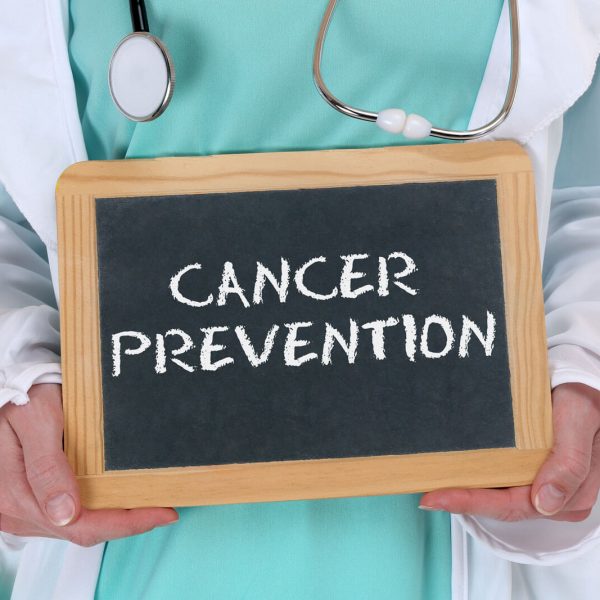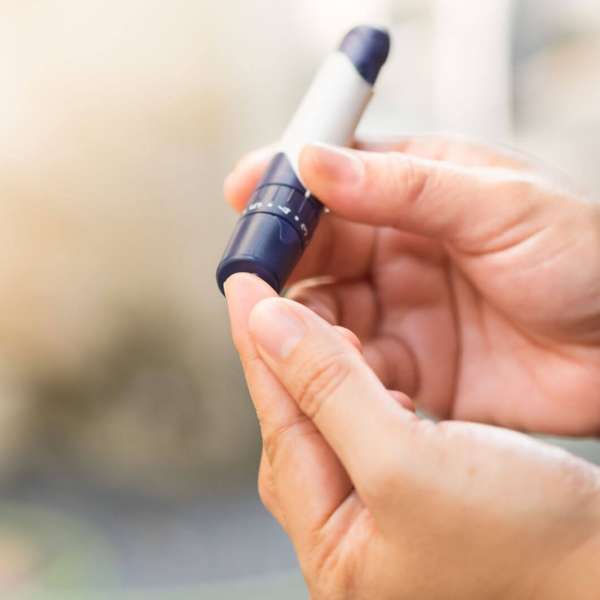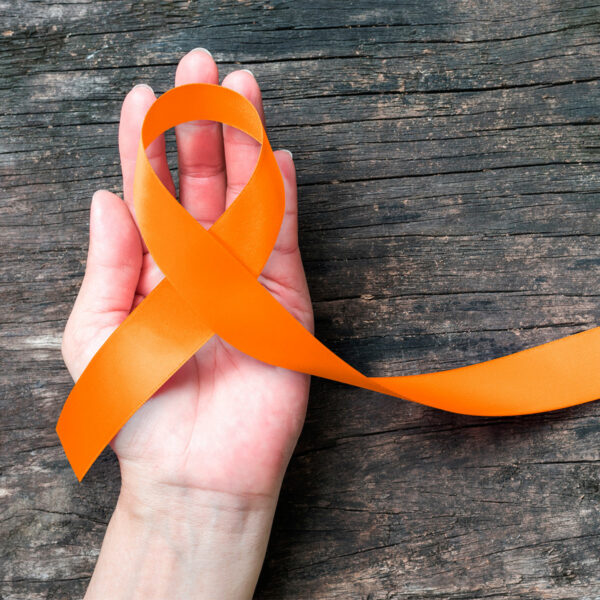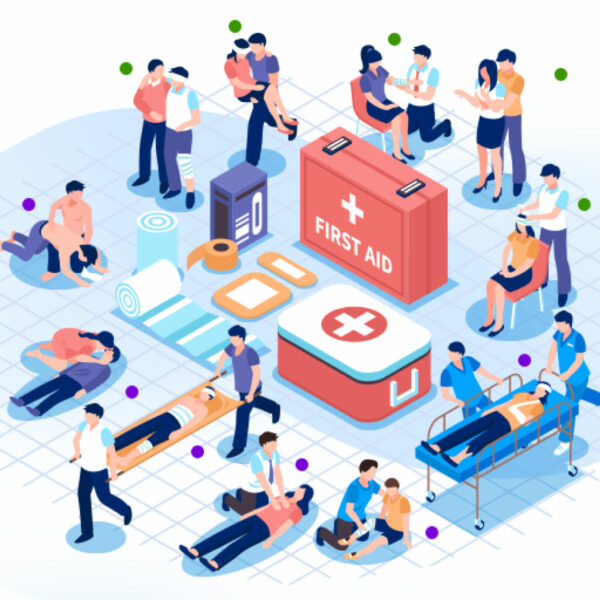First were the lost objects that someone had stolen from her, followed by hallucinations and a constant feeling that someone wanted to harm her, complemented by a lot of physical aggression. The family of G., a woman in her mid-70s, was sure it was Alzheimer’s, but getting the diagnosis was not easy.
September 21st. marks the World Alzheimer’s Day, and at Triple-S Advantage we want to raise awareness and share information about this condition to support patients and their families.
Alzheimer’s is perhaps the most well-known type of dementia. However, dementia is a general term that describes a wide range of symptoms associated with deterioration of memory and other thinking skills, which affect your daily activities.
According to Alzheimer’s Association, 60 to 80 percent of cases responds to Alzheimer’s disease. Meanwhile, Vascular dementia is the second most common type of dementia and occurs after a stroke.
Ten Signs of Alzheimer’s
The most common signs of this condition, according to Alzheimer’s Association, are:
1. Memory changes that affect daily life
2. Difficulty on planning or solving problems
3. Difficulty in performing usual tasks at home, at work, and in their free time
4. Disorientation of time or place
5. Struggle to recognize visual images and how objects relate to each other in the environment
6. Problems using words through speech or writing.
7. Placing objects out of place and lack of ability to retrace their steps
8. Decreased or poor judgment
9. Loss of initiative in work or social activities
10. Changes in mood or personality
How it is diagnosed
Not all memory problems are related to Alzheimer’s and other dementias. Vascular conditions, thyroid and vitamin deficiencies, depression, and even alcohol abuse may cause similar symptoms. For this reason, it is essential to try to get a diagnosis.
The physicians and health professionals with the most experience in this type of diagnosis are neurologists, psychiatrists specializing in the subject, and psychologists with special training in the evaluation of memory and other mental functions. There is no specific test that can diagnose the disease. The health professional will need a detailed health history, assess the patient’s mental state and how the patient feels, physical and neurological examination, and blood tests and imaging studies.
How to approach the conversation
However, people with memory loss and other possible signs of Alzheimer’s may have difficulty recognizing that they have a problem. In fact, they often become defensive and blame their difficulties on others. The symptoms may be clear to family members or friends in these cases, but the patient is reluctant to seek help.
Dealing with memory problems is not easy. The patient feels confused and frightened, so the best way to approach the conversation is often through someone they trust, for example, a family member, a physician, or a spiritual guide. It may take several attempts depending on the severity of the symptoms.
Precisely this was the case for G.’s family. After trying for several months – and to no avail – to get the patient to agree to seek help, they enlisted the support of her primary care physician during a routine appointment to refer her to a neurologist for a diagnosis.
Importance of early diagnosis
Although Alzheimer’s has no cure, the Alzheimer’s Association stresses that an early diagnosis enables people with dementia and their families:
- Have a better chance of benefiting from existing treatment
- Have more time to plan for the future
- Decrease anxieties about unknown problems
- Increase the chances of participating in clinical drug trials to help advance research
- Have the opportunity for the patient to participate in decisions about care, transportation, housing options, and financial and legal matters
- Improve the patient’s quality of life and consequently that of the caregiver and family members.
Sources:
- El diagnóstico de Alzheimer (2020). Presentación del tanatólogo Rafael Babilonia Llamas
- https://www.alz.org/alzheimer-demencia/que-es-la-enfermedad-de-alzheimer?lang=es-MX










